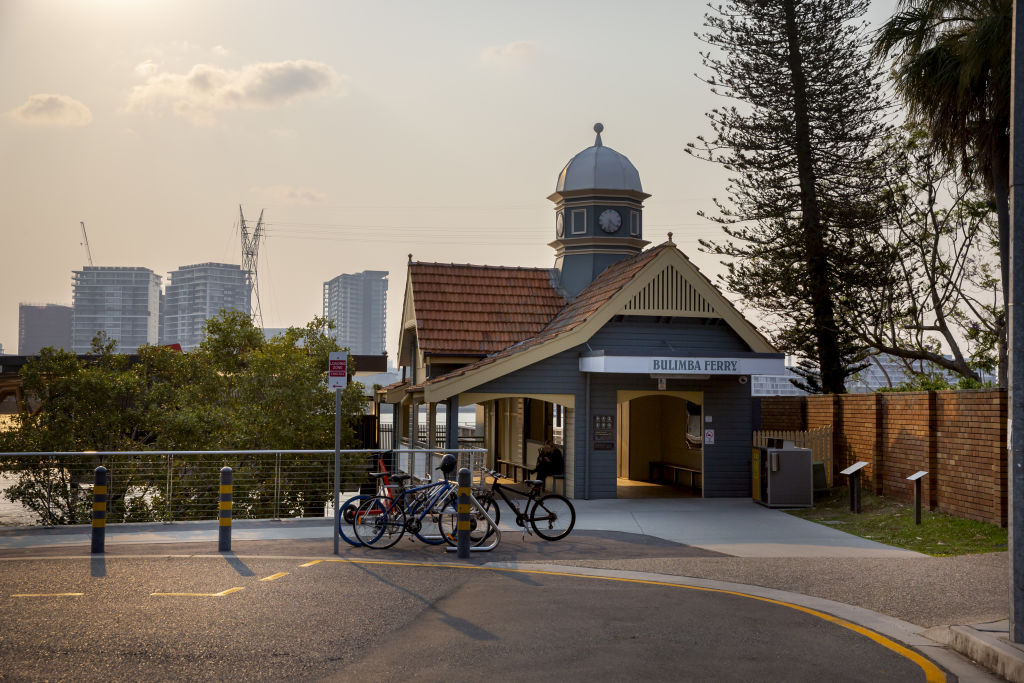
The new traffic caused by the increase in road capacity, commonly referred to as “induced demand,” comes from four sources: increased commercial traffic, changing travel patterns, population migration and, to a lesser extent, diversion of traffic from other routes.

What American economist Anthony Downs called “ the fundamental law of highway congestion” in 1962 has since been confirmed by a large number of scientific studies. This natural near balance between supply and demand explains why roads reach pre-expansion congestion levels between five and 10 years after the construction of new routes. New routes generate additional demand equivalent to the new capacity. However, this measure is ineffective because increasing capacity only increases vehicle use. The government response to congestion problems has generally been to build new roads or widen existing ones. But why does congestion persist, despite government interventions to reduce it? “Build it and they will come!” These emissions increased by 52 per cent between 19.Īlthough greenhouse gas emissions from road congestion are not systematically inventoried, they are often used to justify new road projects. In Québec, transportation accounted for 43 per cent of total greenhouse gases emissions in 2016, of which 80 per cent came from road transportation. When it comes to vehicles, Canada tops the charts for poor fuel economy In Canada, the entire transportation sector is the second largest source of greenhouse gases emissions, accounting for 28 per cent of total emissions. Gasoline and diesel vehicles also emit carbon dioxide, a powerful greenhouse gas responsible for global warming. Road congestion also increases the air pollution produced by the combustion of fossil fuels, leading to an increase in respiratory problems, premature deaths and several types of cancer, especially for neighbouring populations, which are often disadvantaged. It comes after Toronto, which ranks first among Canadian cities (167 hours lost). Montréal is the second most congested city in Canada, with a total of 145 hours lost per capita in peak rush hour traffic in 2018. Heavy traffic flows across the Jacques-Cartier Bridge in Montréal.


 0 kommentar(er)
0 kommentar(er)
